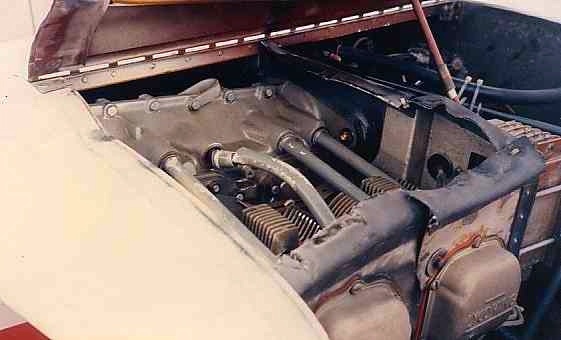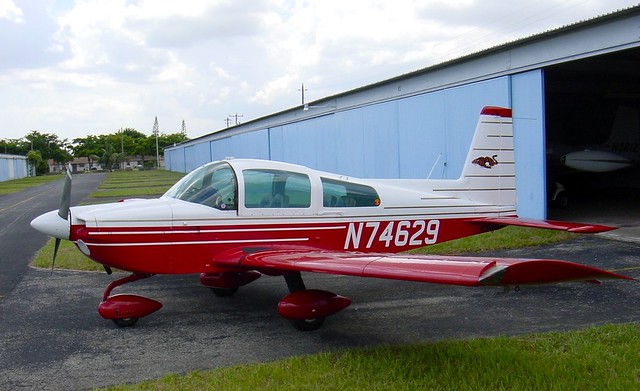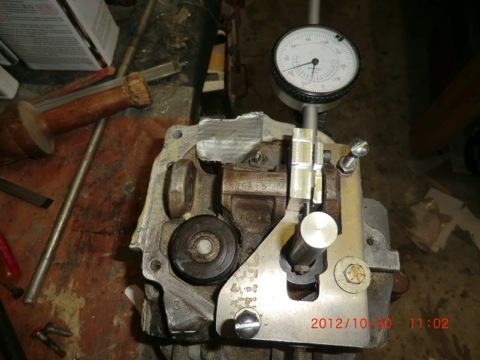timwinters
Ejection Handle Pulled
Sent from my HTC6525LVW using Tapatalk....
Watch it! We'll start calling you Weird Jim Jr. :wink2:
Sent from my HTC6525LVW using Tapatalk....
Watch it! We'll start calling you Weird Jim Jr. :wink2:

So we're on to the diagnostics and corrective action portion of this story. Thus I'll start a new, fresh thread that will both cover that chapter of the story and that should also please PeeGee and KA550 since we all know how much affection they have for multiple threads on the same or similar topics!
So we're on to the diagnostics and corrective action portion of this story. Thus I'll start a new, fresh thread that will both cover that chapter of the story and that should also please PeeGee and KA550 since we all know how much affection they have for multiple threads on the same or similar topics!
 but KA550 and PeeGee will be
but KA550 and PeeGee will be 
That's how a mechanic on Long Island fixed the valve that stuck on the O-360 in my Tiger.
Had run rough on startup on a cold December morning in CT. Chalked it up to a FL plane not being used to cold temps.
Over Long Island Sound at 6,000' it began shaking and "backfiring" like crazy. Declared an emergency and circled down over a Long Island airport and landed.
Found this:

In short, if there's any sign of a valve sticking the Most Conservative Action would be to get it fixed ASAP. It could lead to much larger problems in short order - or even injury or death depending on when and where it finally seized.
Anyway, not to be taken lightly or shrugged off.

Oh, it's a sticking valve.
My first suspect is the auto gas I burn (typical blend is 75% MoGas, 25% 100LL) We had to overhaul one cylinder a couple of years ago due to a worn valve guide, leaky valve, as you describe and I was amazed at the amount of auto gas varnish that was built up on all the various components. That can't be good for keeping valves unstuck.
Or maybe it is because both of us are successful, extremely intelligent and darn good looking. Ah hell it's probably just the name.
Sent from my HTC6525LVW using Tapatalk

Sounds like a meatloaf song
Sent from my HTC6525LVW using Tapatalk
Aaarrggg! Also looks like you need some new baffle seals.

I'm having a hard time finding a all inclusive diagnostic chart that lists different metals and possible sources. If someone has one, I'd love to see it!
Someone here used to have the tagline:
Sent from my brain using my fingers.
I thought it was hilarious...
Sent from my desktop by pounding the keys.
The Tapatalk one should say, "Sent from a device the user hasn't bothered to look in the settings on and turn this stupid tag line off yet..."


well gee....that Grumman thingy doesn't have a Lycoming?are you talkin' to me? are you talkin' TO ME? ARE YOU?
(insert green text if you so desire)
If so...I might do that test if I was flying a lycoming!


Preach it. I wish folks would learn that thing in their hand.(sorry for the thread hijack)

Yeah!
BTW...why haven't you chimed in with an opinion Norm?

When the valve is stuck, it has zero wobble.Didn't Henning tell ya bout the Lycoming valve stem wobble test?
I'd do that on each valve to determine which valve guides are worn past an acceptable level.



Didn't Henning tell ya bout the Lycoming valve stem wobble test
Tom...I'd do the right thing.
